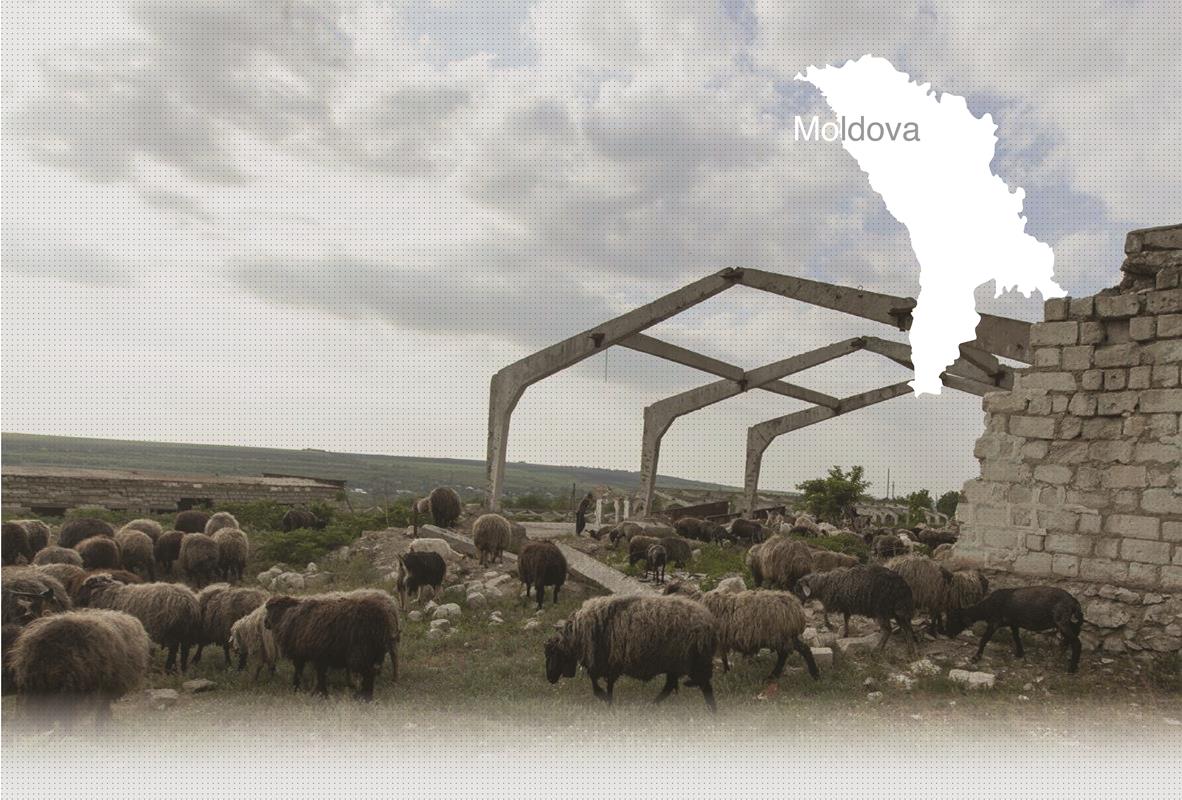

2 Killing site(s)
Natalia C., born in 1923: “One day, after the arrival of Romanian soldiers, I heard people saying that a shooting of Jews was perpetrated in the forest. As I was a curious child, I decided to go there with my friends to see if it was true. When we arrived in the forest, we saw a pile of dead bodies in a glade. There were more than fifty people there, men and women, lying one on another. I think they had been attached to each other before so during the shooting they were falling on one another. Their clothes were covered with blood and their bodies were partially eaten up by crows (…). Later on, people said that there was another shooting of Jews in a ravine so I went there too and I saw another pile of corpses. This one was smaller than the one in the forest glade. There were about twenty dead bodies in the ravine. The bodies of the Jews were buried in those two execution sites (…)” (Witness N°178M, interviewed in Baimaclia, on November 18, 2014)
Baimaclia is a village in the south of Moldova located in the Cantemir district. During the prewar period, in the village lived mostly Moldovans and Jews (in 1900 there were 397 Jews living in Baimaclia). There were also several German families that left the village right before the war. Houses on three Baimaclia streets were occupied mainly by Jewish families and they formed what the non-Jewish inhabitants used to call “Jewish quarter.” Jews in Baimaclia were mainly traders. Almost all of the Jewish families owned a store. There was a synagogue in Baimaclia as well as a rabbi. Jewish school was located in the building of the synagogue. YIU’s witness, Natalia C., born in 1923, remembers her Jewish neighbors as very religious people. YIU’s witness Ion B., born in 1925, remembers his Jewish neighbor Sklar who ran a local bakery, as well as a very wealthy Jewish family, Rapapor, that owned a mill. There was also a Jewish doctor called Weissenbord who worked in a local hospital.
When the Romanian soldiers arrived in the village in 1941, they created a gendarmerie post office in one of the local houses and they directly started to plan the extermination of the local Jews. According to YIU’s witness Ion B., born in 1925, one night the Romanian soldiers set the so-called “Jewish quarter” on fire. All the Jewish houses and belongings were burned. The wealthiest Jewish families managed to leave the village before the fire and get to Basarabeasca. The rest of the Jewish inhabitants: men, women and children, were arrested by the soldiers and gathered in a courtyard of one of the local houses. Once all the Jews were captured, the soldiers would take them two by two and shoot them at the entrance of the basement of this same house. The shooting of Jews lasted the entire day. According to another YIU’s witness, Natalia C., born in 1923, shootings of local Jews were perpetrated also in different locations: in the glade of the Baimaclia forest as well as in a local ravine. During several shootings, the Romanian soldiers managed to annihilate the entire Jewish community of Baimaclia. The victims’ mass graves as well as execution sites remain without memorial until this day.
Do you have additional information regarding a village that you would like to share with Yahad ?
Please contact us at contact@yahadinunum.org
or by calling Yahad – In Unum at +33 (0) 1 53 20 13 17